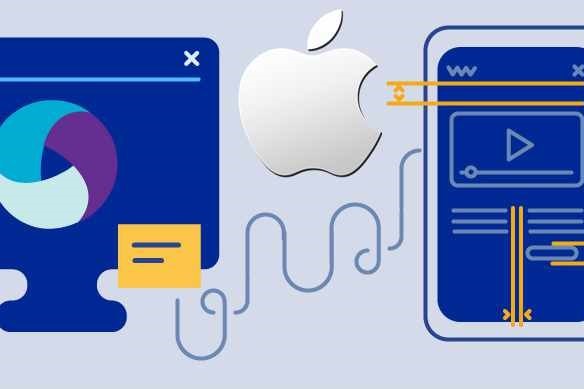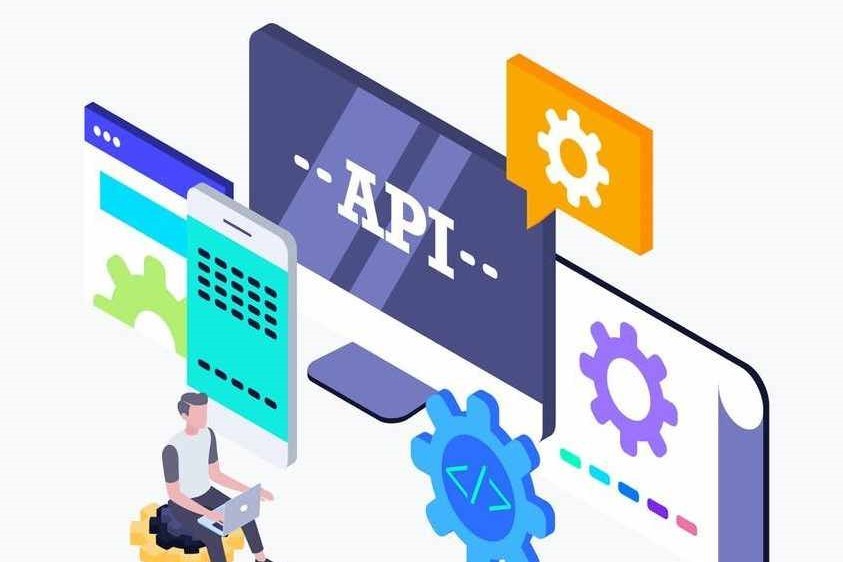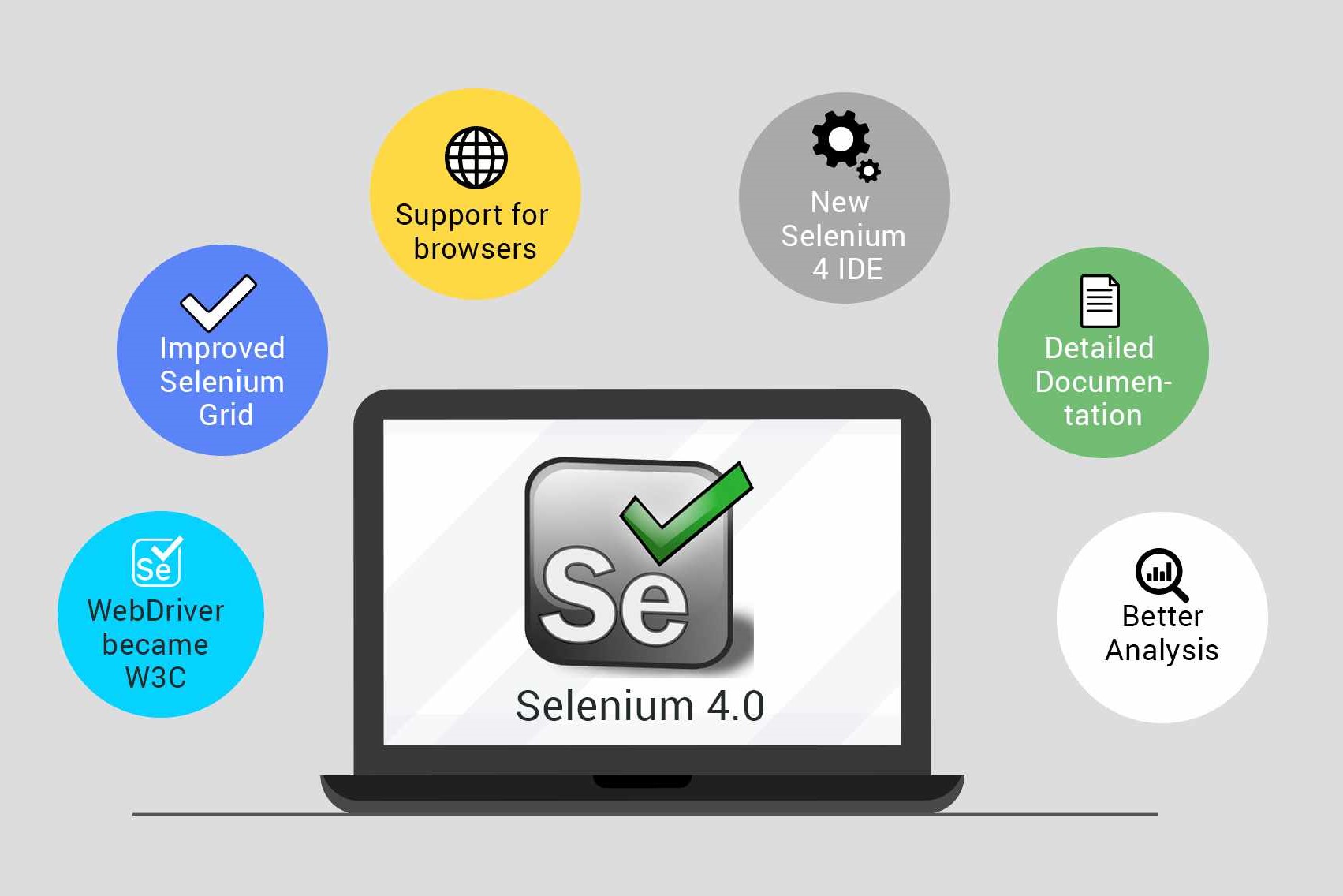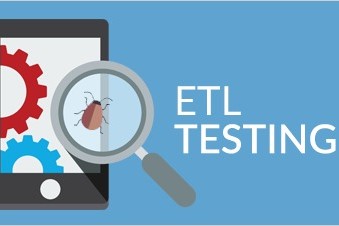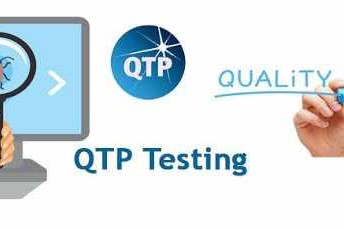Course Information
- Course Price $250
- Total Students 800+
- Course Duration 4 Weeks
Description
Appium is the most requisite mobile automation testing tool which is an open source framework mainly supports Native, Hybrid and Web applications for Android, iOS based devices.
Benefits
- Appium supports any programming languages such as Ruby, Python, C#, Java, PHP
- Appium is Platform Independent which means runs on any devices
- Appium has App Automation possibility
- Appium is the JSON web driver supported tool
- Appium can be used for inspecting the playback and record
Syllabus
- Various tools for mobile application?
- What is Appium?
- What all can be tested with Appium?
- WebDriver Wire protocol
- Hybrid Apps, Native Apps and WebApps
- Concept of UIAutomator
- When to use Selendroid and when to use Appium
- IOS-driver
- Drawbacks and Limitatiions
- What is seledroid
- Difference between Appium and Selendroid
- How things came into being
- What should I learn?
Java for Appium
- Relating Java with other languages
- Showing how to download, install, and configure the Java environment on a Windows system
- Key features of the technology and advantages of using Java
- Java Features
- Write Simple Java Program
- Compile and Run the class files
- Java Programming format
- Java Keywords
- Java Data Types
- Declarations and Access Control
- Operators and Assignments
- Flow Control
- Typecasting
- Arrays
- Introduction to all predefined packages
- User Defined Packages
- Access Specifiers
- Introduction
- Class
- Object
- Local, Instance and static variables
- Constructors
- This keyword
- Inheritance and Types
- Working with super classes and subclasses
- Using types of polymorphism such as overloading, overriding, and dynamic binding
- Abstraction
- Encapsulation
- Abstract classes
- Interfaces
- String manipulation with String Builder and String Buffer
- Essential String Methods
- String manipulation with String Builder and String Buffer
- Essential String Methods
- Introduction
- Exceptions categories
- Standard Java Exception classes
- Using Try-catch and finally clause
- I/O using Java
- Files (Create/Read/Write operations on files)
- Introduction
- Byte, Short, Integer, Long
- Float, Double
- Character
- Boolean classes
- Introduction to Collections framework
- Util Package
- List, Set and Map
- Difference of All Collections Interfaces and classes
- Reading data from Property files using java program
- Reading and Writing data from/to Excel files using Apache POI API and JXL API
- Configuring appium on real device
- Why work on real device?
- Download and Configure Android on local machine
- Understanding difference between Api level and Android version
- API levels and Android versions supported by Appium supported by android
- Getting correct API level for Android
- Getting correct Android version in Phone – Provider dependant
- Enabling developer mode
- Debug level settings in Phone
- Connecting phone and making sure its being detected in DDMS(Pdanet software)
- Install Node JS
- Install Microsoft Dot Net framework
- Download Apium
- Configuring Various versioning/API level requirements for Appium
- Starting Appium Server from Console
- Starting Appium Server from command prompt
- Various command line arguments for Appium
- Running your first Appium Program
- Configuring appium on Simulator
- Installing Simulator
- Running first Script on Simulator
- Maven dependencies
- Various Maven/POM dependencies for Appium
- Downloading/Configuring Appium, Selenium from Maven/POM dependencies
- Desired Capabilities for Appium and Android
- Concept of Apk file, AppActivityName and AppPackage
- How to get Apk file, AppActivityName and AppPackage for any application
- Is Apk file necessary to test App – Not in all cases
- Javadocs for Appium
- AppiumDriver and RemoteWebDriver classes
- Launching System Hybrid Apps
- Appium reinstalls App
- Preventing Appium from deleting and reinstalling App
- Launching other user installed Hybrid Apps
- Checking wheter App is installed on Phone
- Launching native Apps like calculator, Contacts, Settings
- Always quit appium – Mandatory
- Concept of UI Automator
- Understanding Android Layouts
- Tagname not supported
- android.widgit.* – everything starts from here
- FindElement and FindElementByAndroidUIAutomator
- Using UISelector Class in UIAutomator API
- Finding by Classname
- Detecting presence of Elements
- Building Xpaths
- Challenges faced in finding Elements and Workarounds
- Using Android UI Automator’sUISelector() and its functions
- Hiding Keyboard
- Waiting – Implicit and explicit waits
- Using UI Automator in Compressed layout
- Finding multiple Elements
- Finding Elements inside Elements
- ComplexFind and MobileElement
- Finding Elements with Multiple criterias using ComplexFind
- Selector Key codes
- Finding elements by text using AndroidUIAutomator commands
- Using Assertions
- Handling Date Elements/Objects
- Selecting element in Spinner
- Finding selected Elements
- Getting Value from TextView
- Finding selected Elements
- Clear value of a TextView
- Getting and storing the Android App XML view
- When to use android xml view
- Launching XML View from WebDriver
- Finding Elements in XML view
- Finding Scroll List elements in XML View
- You can do anything with XML View
- Limitations of XML view
- Touch Events
- Android key events like home, backspace, delete etc
- Wait Actions
- Dragging and dropping elements
- Multitouch Actions
- Simulating multiple gestures
- Longpress and delete elements
- Handling Toggle buttons
- Pinching,tapping,holding
- Launching browser with appium
- Making sure you have the correct desired capabilities
- When launch fails
- Firing various commands on browser
- Will UIAutomator work here?
- Will AppiumDriver commands work on browser?
- WFinding and setting useragent
